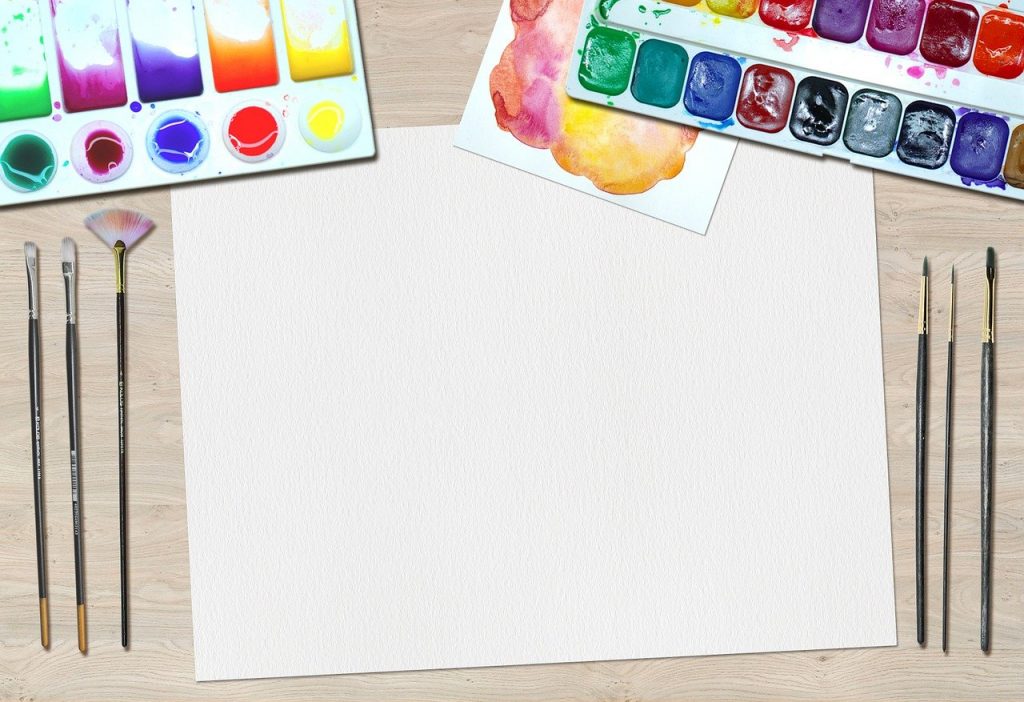Jammu and Kashmir is world famous for its carpets. They are an exquisite work of art, as they are intricately designed and hand-woven. An important part of Kashmir’s handicrafts, Kashmiri carpets (also known as Kashmiri rugs) are popular across the globe and have been exported to the United States and many European countries. These carpets are hand-knotted oriental rugs crafted by artisans from the Kashmir Valley. They come in a wide range of styles, colours, designs, and sizes. Carpet weaving is mostly practiced in the Baramulla and Budgam districts and in some colonies around the Dal Lake and the Achar Lake in Srinagar.
History of Kashmiri Carpets
It is said that a Sufi mystic Hazrat Syed Ali Hamdani came from Persia to Kashmir and brought with him some skilled artisans who would train the locals in weaving carpets. This led to the introduction of a new business in J&K. According to some records, King Badshah introduced carpet weaving to Kashmiris in the late 15th century when he brought craftsmen from Persia and urged the people of Kashmir to learn the spinning and weaving techniques from them.
During the reign of Emperor Jehangir, the field of carpet weaving did not see much progress. It is believed that saint Akhun Mulla Rahnuma revived the carpet weaving industry in 1600 with the help of the then Kashmir Governor. During the Afghan and Sikh rules, the carpet weaving industry again witnessed a decline.
The carpet industry received a boost in the 18th century when carpets of a higher quality were woven in large numbers. During the mid-18th century, Mughal carpets from Kashmir were displayed at the Crystal Palace exhibition in London, and Europeans were impressed by these works. Soon, the Kashmiri artisans started designing carpets that appealed to the taste of the Westerners. The carpet industry suffered again in 1902 due to the global recession and later due to the partition of India. In the late 20th century, local manufacturers in the Kashmir Valley, with the support of the government, took efforts to boost the carpet industry and generate revenue for the state.
Kashmir Carpets: Types and Designs
Usually, Kashmir carpets come in sizes of 2’x3′, 2 1/2’x4′, 3’x5′, 6’x4′ and 6’x9′. Commonly, they have 18×18 or 20×20 knots per square inch. Silk carpets with 3600 knots per square inch are rarely created; however, they are mostly put up for displays in museums or in exhibitions.
Based on the materials used, Kashmiri carpets can be classified as follows:
Staple Carpets (STP): They are lustrous and woven using synthetic silk or merchandized cotton, which is not pure silk but has its softness.
Silk on Silk Carpets (S/S): In these carpets, silk threads are used in the warp as well as the weft. 100% silk is used with no other material blended with it.
Silk on Cotton (S/C): In these carpets, silk threads are used for the weft, while cotton threads are used for the warp. Thus, a blend of silk and cotton is used.
Wool Carpets: They are hand woven using pure wool yarn for the weft and the warp.
A Kashmiri carpet that can be easily bought online, or in a store, is a result of the collective efforts of the designer (called Nakaash), dyer (also called Ranger), weaver (called Kalimba), who create this beautiful piece of art, and the trader who introduces it to the market. The first step in creating a carpet is Talim (designing), in which motifs are decided, colours are selected, and the layout is finalized. Talim is the written code that weavers have to follow; it is read out by the master weaver and assistants weave accordingly. In the next phase, the yarn is sent out for dyeing and the dyed yarn is left to dry, exposing it to air and sunlight. Subsequently, the design and the yarns are given to the weaver who gets the design into reality with his finesse and expertise.
Kashmir carpets are woven by tying knots on warp strands. More the number of knots and more the knot density, higher is the value of the carpet. Carpets with 200 to 900 knots per square inch are considered as the world’s finest. In the weaving of Kashmir carpets, two horizontal wooden beams are used, and the warp threads are stretched between them. Short lengths of the thread are tied to form a pile. What’s commonly called a knot is actually a loop. Farsi baff and Sehna (originating from Persia) are the commonly used types of knots in Kashmiri carpets. The knots are threaded using a simple technique, wherein a wooden or metal comb is used to push the knots and weft them tightly, and the pile of the carpet is cut to an even form using a pair of scissors.
Some of the popular motifs used in the Kashmir carpet designs are:
Gulabdar: The Kashmiri roses are depicted in this design.
Lotus: Carpets using this design have lotus flowers as motifs or patterns inspired by the lotus flower.
Bagdar: This design depicts gardens.
All Over: In this design, floral patterns are seen all over the carpet.
Tree of Life: This design includes a beautiful tree with birds.
Khatam Band: Wood-inspired motifs are seen in the carpets with this design.
Gumm: Kashmiri carpets with this design have a maze pattern.
Dabdar: A box pattern is used in this design.
Additionally, Kashmir rugs include some famous motifs inspired by Persian art. They are Hamdan, Ardabil, Kirman, Kashan, Tabriz, Isfahan, Meshed, and Bokhara.
Kashmir’s Carpet Industry and the Market Conditions Today
Since the 1950s, several steps have been taken to scale up the carpet business in Jammu and Kashmir. Initially, carpet-weaving was dominated by men; however today, even women have entered this field. Weavers and designers of Kashmir shawls, who primarily reside in rural areas of the state, have been given training to upgrade their skills. The Indian Institute of Carpet Technology (IICT) has established eight centres in different parts of Kashmir to conduct training for artisans. New fabrics and newer designs have been introduced in carpet weaving.
However, the locals are facing difficulties such as inflation, lack of access to modern technology, and the availability of cheap counterfeit or imitation Kashmiri shawls or carpets. The art of creating carpets is fading and craftsmen are switching to other fields. Sales of Kashmiri carpets have declined significantly, and this work of art that was once a symbol of beauty and opulence is rapidly losing its real identity.
For the last few years, the government has been taking initiatives to revive the crafts sector in Jammu and Kashmir. Some young Kashmiris are working towards introducing calligraphy and other modern designs in carpet weaving. Handicrafts in this state are being promoted more effectively so that buyers the world over are once again attracted to Kashmiri carpets. Efforts like this will surely boost sales of these carpets and help improve the economy of Kashmir.



